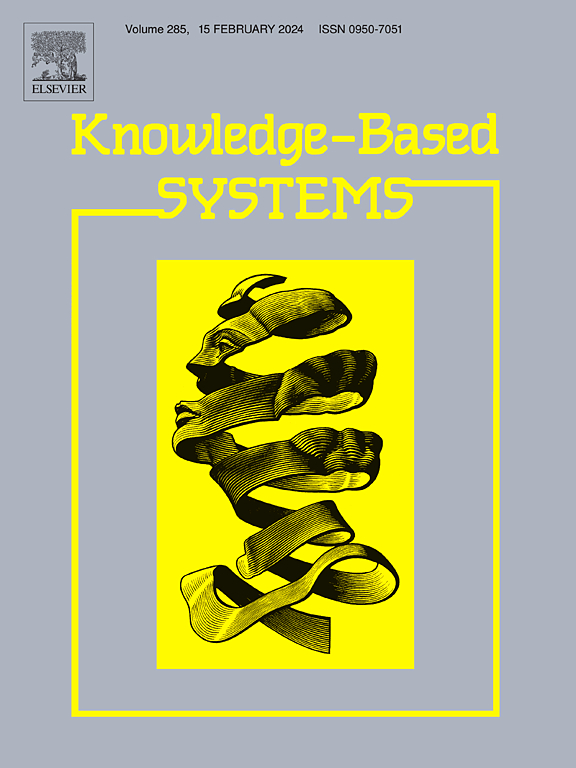ANOGAT-Sparse-TL: A hybrid framework combining sparsification and graph attention for anomaly detection in attributed networks using the optimized loss function incorporating the Twersky loss for improved robustness
IF 7.2
1区 计算机科学
Q1 COMPUTER SCIENCE, ARTIFICIAL INTELLIGENCE
引用次数: 0
Abstract
In recent years, the identification of abnormalities in attributed networks has become essential for applications including social media analysis, cybersecurity, and financial fraud detection. Unsupervised graph anomaly detection techniques seek to recognize infrequent and anomalous patterns in graph-structured data without the necessity of labelled instances. Conventional methods employing Graph Neural Networks (GNNs) frequently encounter difficulties, especially due to the transmission of noisy edges and the intrinsic intricacy of node interrelations. To overcome these restrictions, we introduce ANOGAT-Sparse-TL, an innovative hybrid framework that integrates graph sparsification and Graph Attention Networks (GAT) with autoencoder-based reconstruction for anomaly detection in attributed networks. The sparsification procedure removes extraneous edges and highlights significant node connections, thereby enhancing computational efficiency and improving anomaly detection efficacy. By including GAT, our model carefully allocates significance to pertinent neighboring nodes, yielding enhanced node embeddings. The autoencoder subsequently reconstructs these embeddings to detect abnormalities via reconstruction errors. Incorporating Tversky Loss in the reconstruction process further improves the robustness of the model by effectively addressing the imbalance between normal and anomalous data, prioritizing the detection of rare anomalies. This optimized loss function allows ANOGAT-Sparse-TL to focus on hard-to-reconstruct instances, which are typically indicative of anomalies, and reduces the impact of noisy data on the model's performance. ANOGAT-Sparse-TL effectively integrates attribute-based and structural anomalies, yielding comprehensive anomaly ratings. Comprehensive studies on the four real-world datasets indicate that our strategy surpasses current state-of-the-art methodologies, with enhanced performance. Moreover, the scalability of our methodology guarantees its relevance to extensive real-world networks, rendering it an adaptable option for diverse graph anomaly detection activities. ANOGAT-Sparse-TL, despite its complexity, maintains computational efficiency and provides substantial improvements in anomaly detection inside attributed networks. Future research may concentrate on enhancing interpretability and broadening generalizability to various network architectures.
求助全文
约1分钟内获得全文
求助全文
来源期刊

Knowledge-Based Systems
工程技术-计算机:人工智能
CiteScore
14.80
自引率
12.50%
发文量
1245
审稿时长
7.8 months
期刊介绍:
Knowledge-Based Systems, an international and interdisciplinary journal in artificial intelligence, publishes original, innovative, and creative research results in the field. It focuses on knowledge-based and other artificial intelligence techniques-based systems. The journal aims to support human prediction and decision-making through data science and computation techniques, provide a balanced coverage of theory and practical study, and encourage the development and implementation of knowledge-based intelligence models, methods, systems, and software tools. Applications in business, government, education, engineering, and healthcare are emphasized.
 求助内容:
求助内容: 应助结果提醒方式:
应助结果提醒方式:


